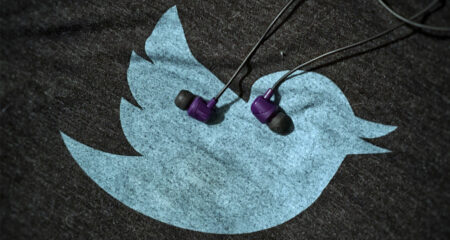
There’s a joke on Twitter about Twitter that goes like this: The biggest innovation the company achieved after spending more than US$3-billion on research and development over the last five years was doubling the character count of a tweet. That characterisation isn’t exactly fair, but there’s enough truth in it to make it funny.
In the face of such criticism, Twitter CEO Jack Dorsey early this year promised a different mentality. At the company’s analyst day in February, he vowed that Twitter would “double development velocity” of features to achieve its long-term financial goals. The message was clear: Twitter was on a new course, headed for rapid-fire innovation and game-changing product roll-outs.
How is it going so far? The early returns are in, and it turns out that a lot of people are still using Twitter in much the same way they did five years ago. Unless the social media platform fundamentally rethinks how it develops products, that may not change anytime soon.
Last week, TechCrunch reported that Twitter’s highly anticipated Super Follows programme, which enables users to charge a monthly fee for subscriber-only content, generated negligible revenue in its first two weeks of operation. According to app research firm Sensor Tower, US consumers spent a paltry total of $6 000 for Twitter in-app iOS purchases during that time period.
The company stresses that it’s working with only a small group of creators to hone the offering before a wider roll-out, but the data for the handpicked cohort of 77 popular accounts indicate that so far demand is limited. That’s troubling because Super Follows was a centrepiece of the product road map for Twitter that excited investors the most. They hoped it would be the beginning of the company finding new ways to make money beyond advertising.
Befuddling
Super Follows’ anaemic start follows a string of offerings that haven’t quite taken off. After Twitter unveiled its Tip Jar payment feature in May, security researchers discovered potential privacy issues that should have been caught in testing. A month later, the company released its first-ever paid subscription offering called Twitter Blue, which allows users to organise saved tweets into folders, get access to colour themes and delay posts for as much as 30 seconds for possible revision. That product is still in testing, but promises to appeal mostly to a few power users. And finally, Twitter shut down Fleets, its knockoff version of Instagram Stories and Snapchat Stories, just months after launch.
Except for its new live-audio feature Twitter Spaces — which is seeing some success for prominent accounts — the company doesn’t seem to know what its users need or want. Instead, it appears to be offering a little bit of everything. The latest befuddling experiment is a format change of the main app feed that will look more like Reddit’s design. It feels as if Twitter is throwing spaghetti on the wall to see what sticks.
Except for its new live-audio feature Twitter Spaces — which is seeing some success for prominent accounts — the company doesn’t seem to know what its users need or want
Twitter’s head of consumer products, Kayvon Beykpour, has said that the company is consciously trying to cultivate a taste for “for terrifying, ambitious bets”. And in its blog post announcing the demise of Fleets, Twitter noted that if some products don’t wind up getting pulled, “we’re not taking big enough chances”. The company has also pointed to its host of new features in the last year — besides Spaces, there’s Ticketed Spaces, Communities, Safety Mode, newsletters and more — as evidence of speedy innovation.
But so far, none of that has lessened the frustration for Twitter enthusiasts like me. I love the service and believe it has limitless potential. With a properly cultivated list of follows, logging on can be like plugging into a matrix of brilliant thoughts from the smartest people in the world. Yet the company fails to listen to its most ardent supporters, who have for years clamoured for basic features, including direct messaging content search, a more advanced version of TweetDeck, better analytics and an edit button. We’re still waiting.
Perhaps the most perplexing thing is that Twitter’s CEO Dorsey also runs Square — a fintech powerhouse that has created hit product after hit product and has disrupted several industries. Its merchant point-of-sale system and Cash payments app are known for their smart intuitive designs and best-in-class user experiences.
If only Dorsey could figure out a way to bring some of that product magic to his other company. — (c) 2021 Bloomberg LP




